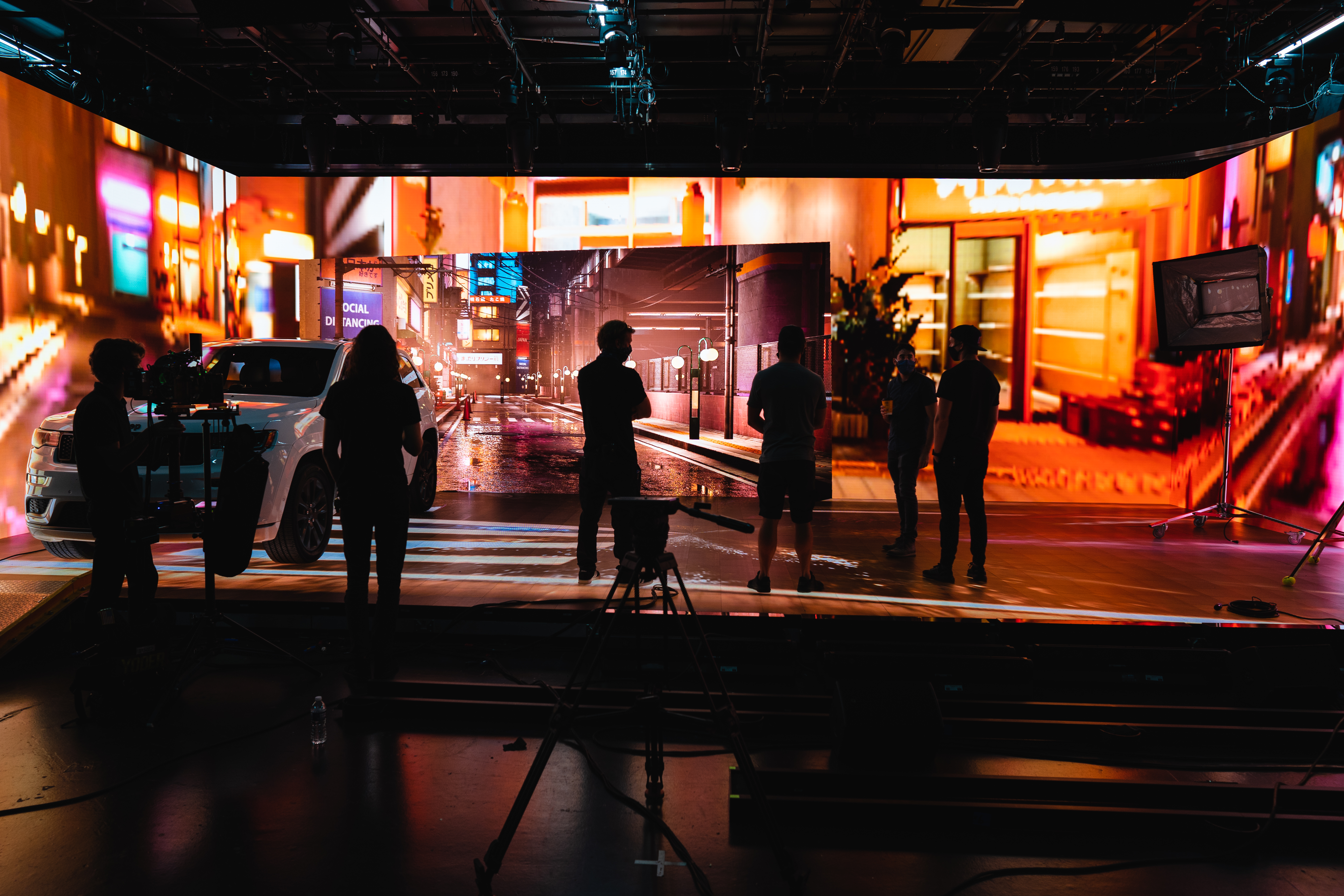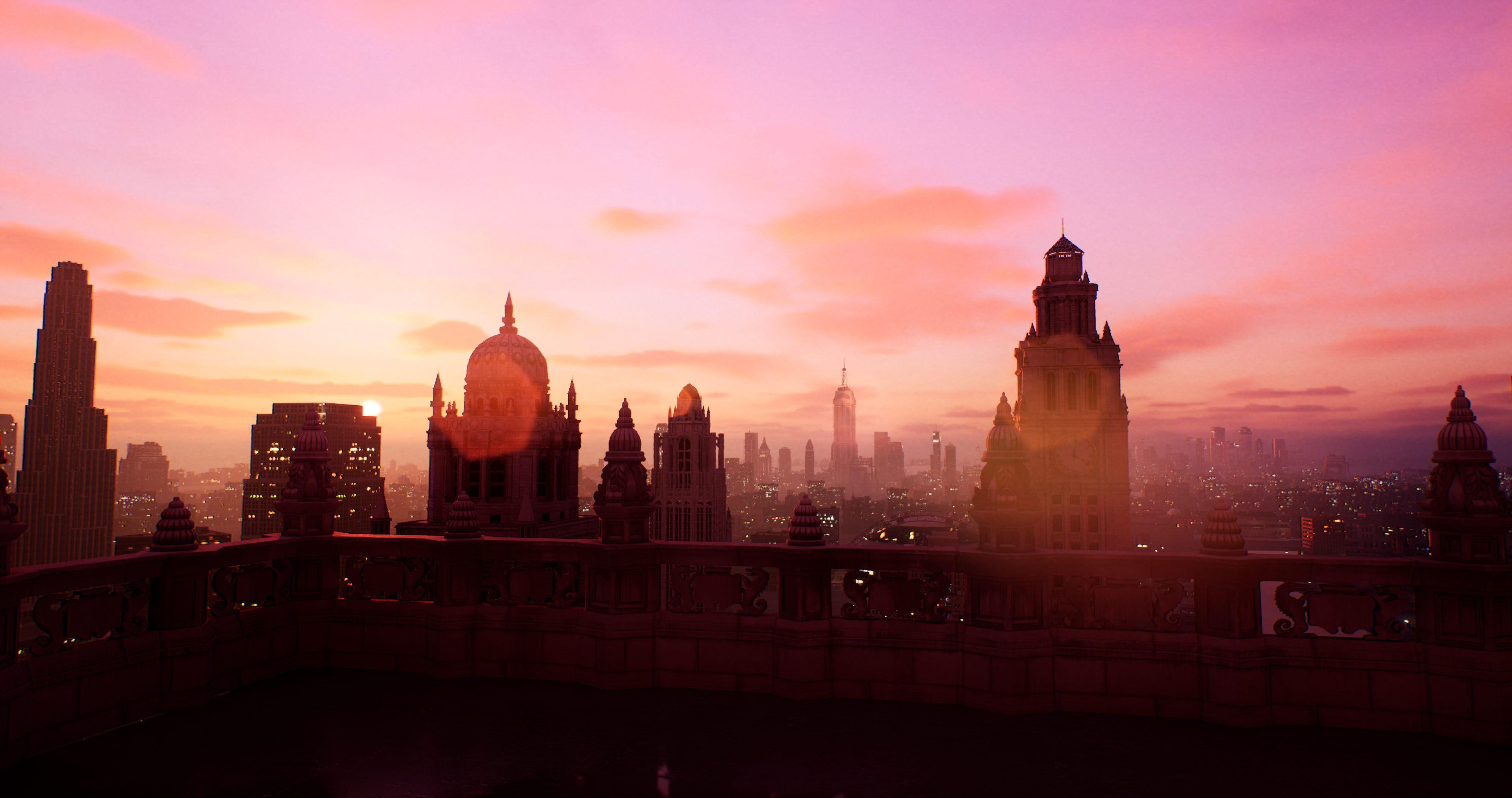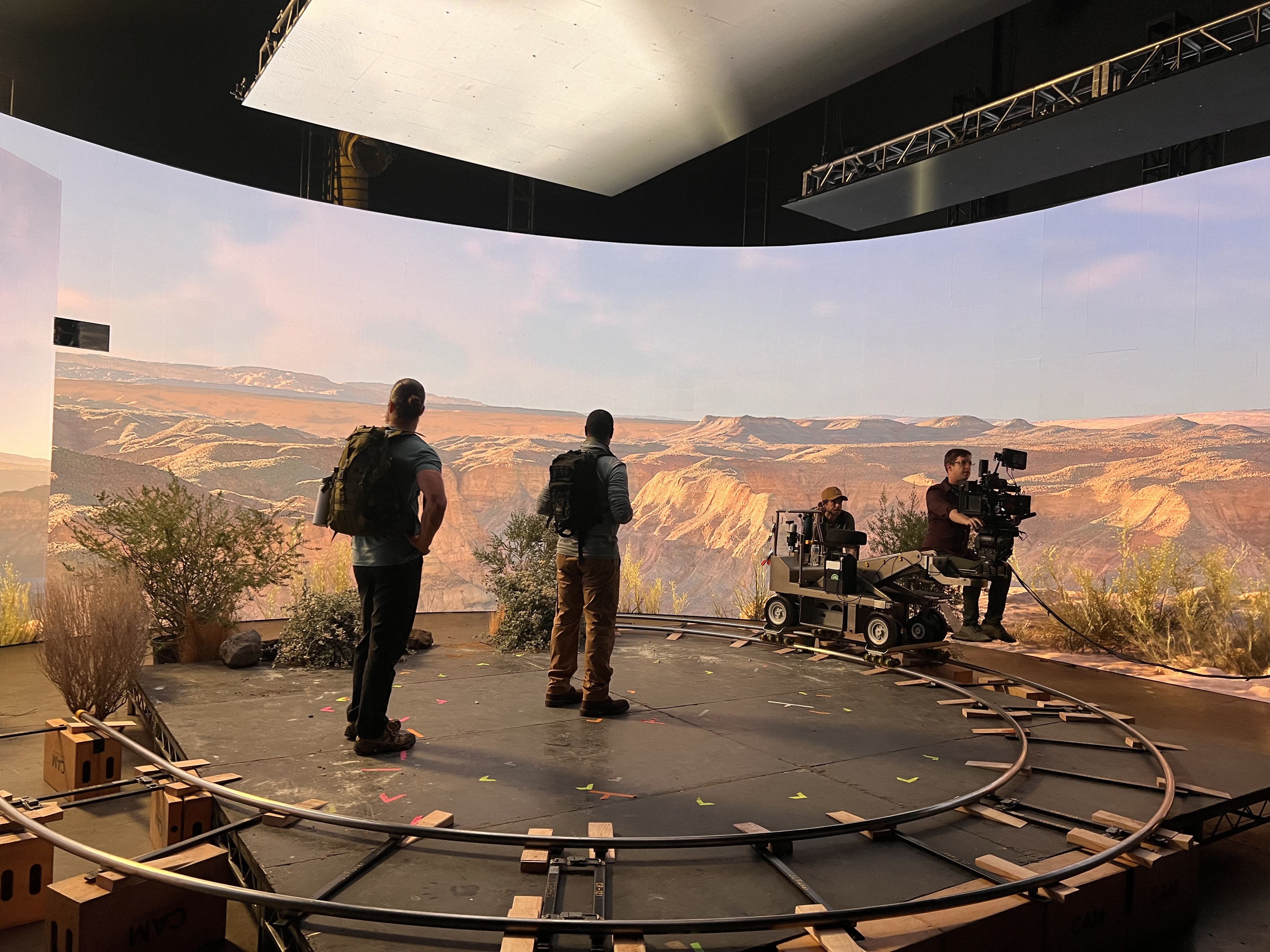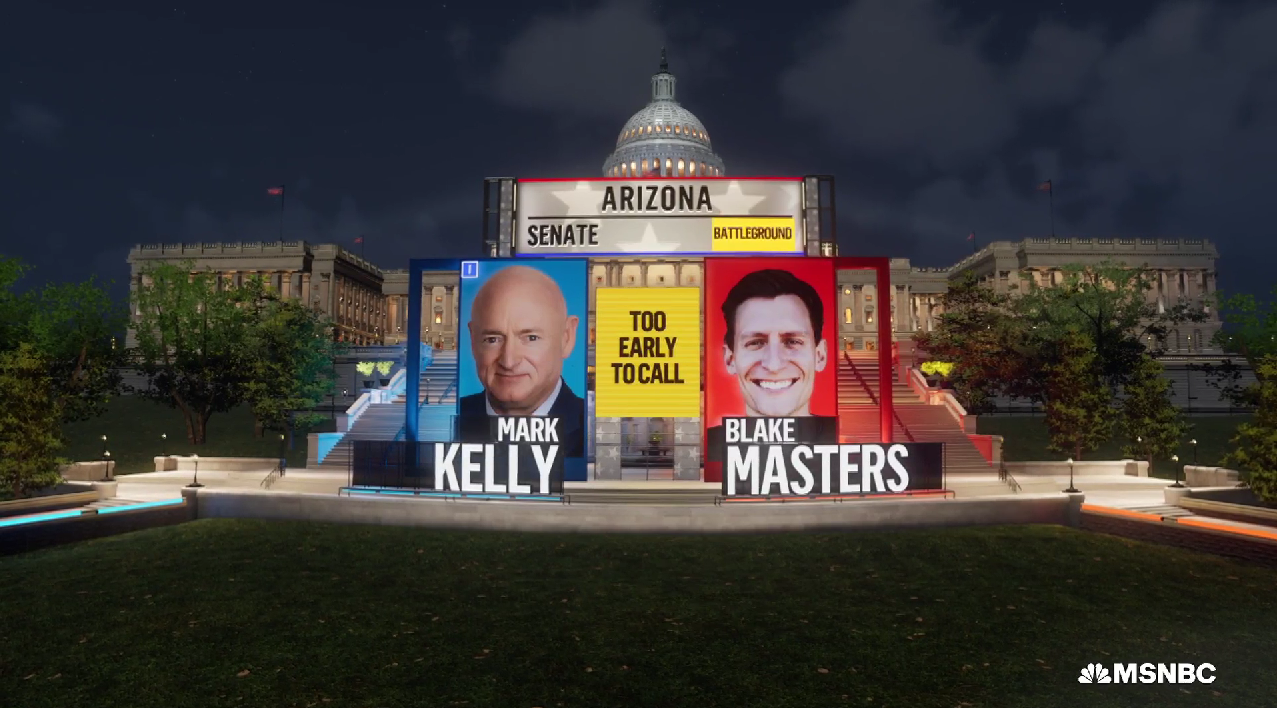DMX Mapping
Combining practical light fixtures with LED volume based lighting is common in Virtual Production shoots. The challenge is to synchronize light fixtures to content that is played back on the wall. This can be easily achieved with timeline sequencing in Disguise, where you can have control over light fixture parameters via DMX protocol. Disguise can then synchronize and fully control both the content as well as the lights.
Streamlined Production
With content tailored for the LED volume, the production process is smoother, with fewer technical hiccups. This means less downtime on set and a more efficient use of resources.
Be thoughtful, and optimize your content often. The more efficient you can make things during the creation process, the easier it is to reduce file sizes and transfer projects quicker, allowing other teammates to work in a more stable environment and create a standard for others to follow.
Asset Management
Organizing and streamlining your digital assets so they are easily accessible and optimized for quick implementation during the production process is key. Smart choices at any level can have ripple effects on many other systems. Something as simple as a pure gray texture might be used in 20 other spots. Understanding where each asset is and how it affects others will allow for a more streamlined approach.
How to Optimize Your Content for Virtual Production
From the very beginning of the process, design with virtual production in mind. Plan out how different environments, lighting, and textures differ in virtual spaces compared to practical spaces. One of the keys to proper content optimization is early collaboration between the creative and technical teams to avoid things falling through the cracks.
At Meptik, our creative and technical teams work hand in hand from day one, ensuring an extensive previsualization and tech-visualization process with our Virtual Art Department. Connect with our team of creative and technical experts who are all under one roof today.
By optimizing content for an LED volume, you’re ensuring that the technical and creative aspects of your production work in harmony, leading to a visually stunning and efficiently produced final product.







